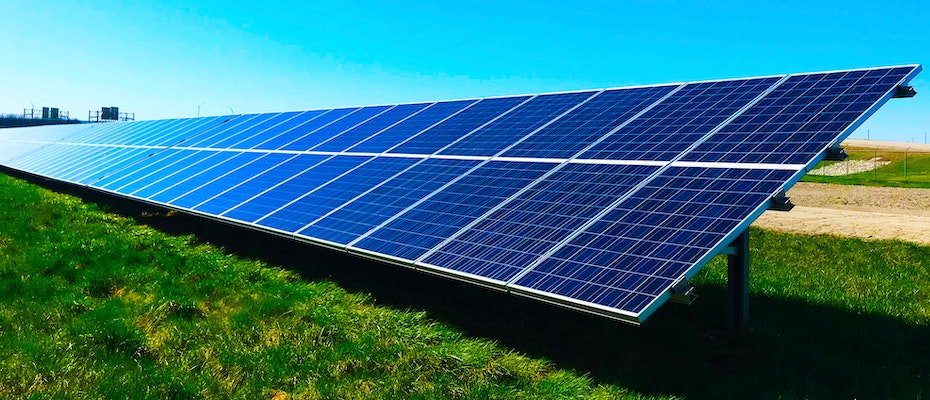Getting greener: switching to a green webhost

We recently switched our our web hosting provider to one that powers its computers solely from renewable energy. We’ve had a few enquiries about why and how we did this and so…this short blog post!
Why we needed to be greener
We’re not aiming in this blog to rehearse the undeniable science behind climate change, but it’s enough to say that climate degradation and ecological destruction is occurring at a horrifying rate across the planet.
Much of this is as a direct result of the continued use of fossil fuels and the resulting atmospheric pollution. Nearly every aspect of our lives contributes to global carbon emissions and using the internet is no exception.
We know that many of our users will probably have switched to greener home energy suppliers in the past few years (we have!), but using electricity at home for your router, phone, tablet or computer is only one piece of the ‘internet carbon emissions’ jigsaw. The internet itself accounts for around 3% of global carbon emissions, a figure that’s only expected to grow.
Every single email that is sent or opened, every webpage you visit, every internet search or gif you send contributes to the carbon footprint of the internet. This is why we wanted to make sure that our website doesn’t use ‘dirty energy’ – particularly important as we grow and more people visit the site.
What is web hosting?
It’s easy to think of the contents of the web being ephemeral, floating ‘in the cloud’ – the reality is all 5.5 billion pages (an estimate as of Oct 2020) are stored on real, physical computers. Lots of them. It is web hosts that run and manage these computers – ready to send a page, image or video to you when you visit a site.
These computers are always running and always consuming energy. Not only that – webhosts may have thousands of them running at the same time. These generate a lot of heat, and keeping them cool uses even more power. So much so that companies have explored building datacentres in the Arctic, or running their computers underwater to try and help.
In short – web hosting uses a lot of energy, which is why we switched to a web host that powers its computers using green energy.
Switching to a green web-host: the process
Finding a host
- Understand what hosts are doing to be ‘green’ – some ensure all their power needs are met through renewables, others offset emissions, ours does both to be ‘carbon positive’.
- Decide what else is important to you – for us that was speed and security.
- When it comes to speed you can read reviews and study hosts’ promotional content. You won’t really know how fast they are for you until you’ve moved across.
- Benchmark your current site so you have something to compare with once you’ve moved. This means checking how fast your website is with your current webhost.
- Make sure your chosen host allows you to change your mind and get a full refund if you’re not impressed.
- Move, and once you’ve switched – compare your new speed against your benchmark results.
- Decide what you’re doing with your domain name (the address of your website eg www.edpsy.org.uk). New hosts will ask if you want to move your domain name to them. We had already paid for ours for the next few years – so have kept it with our old provider.
- Check out how much help the host will give you to move your site. Whereas some will leave you to get on with it – others will do it all for you. If you’re not confident this can be incredibly valuable.
- Research the costs. This might not be as easy as it sounds. Great multi-year deals, or sneaky extras might not be clear until you’re about to pay.
When you’re ready to switch
- Backup! Make sure you’ve backed up your website, and all the emails you want to keep. Your old emails won’t get moved over to your new host so you’ll need to make your own copies.
- Copy your site across to your new host. If your host is doing this for you then sit back and relax. Once this is done you should then have a temporary web address that lets you check everything’s working, and nothing is missing.
- Decide when you’re going to make the switch. It can take up to 48 hours to complete and your site may be unavailable for part of this. For this reason we switched over at the weekend – when the site gets the least visits.
- Check everything works. Once the switch has happened make sure everything is working and all your content is there. You’ll also need to update your email programmes with your new email account. Send yourselves some emails – make sure this is all behaving.
- Close your old host. Once you’re sure everything is working, and you’re happy with your move (for example – with the speed of your newly hosted site), then it’s time to close your old account.



